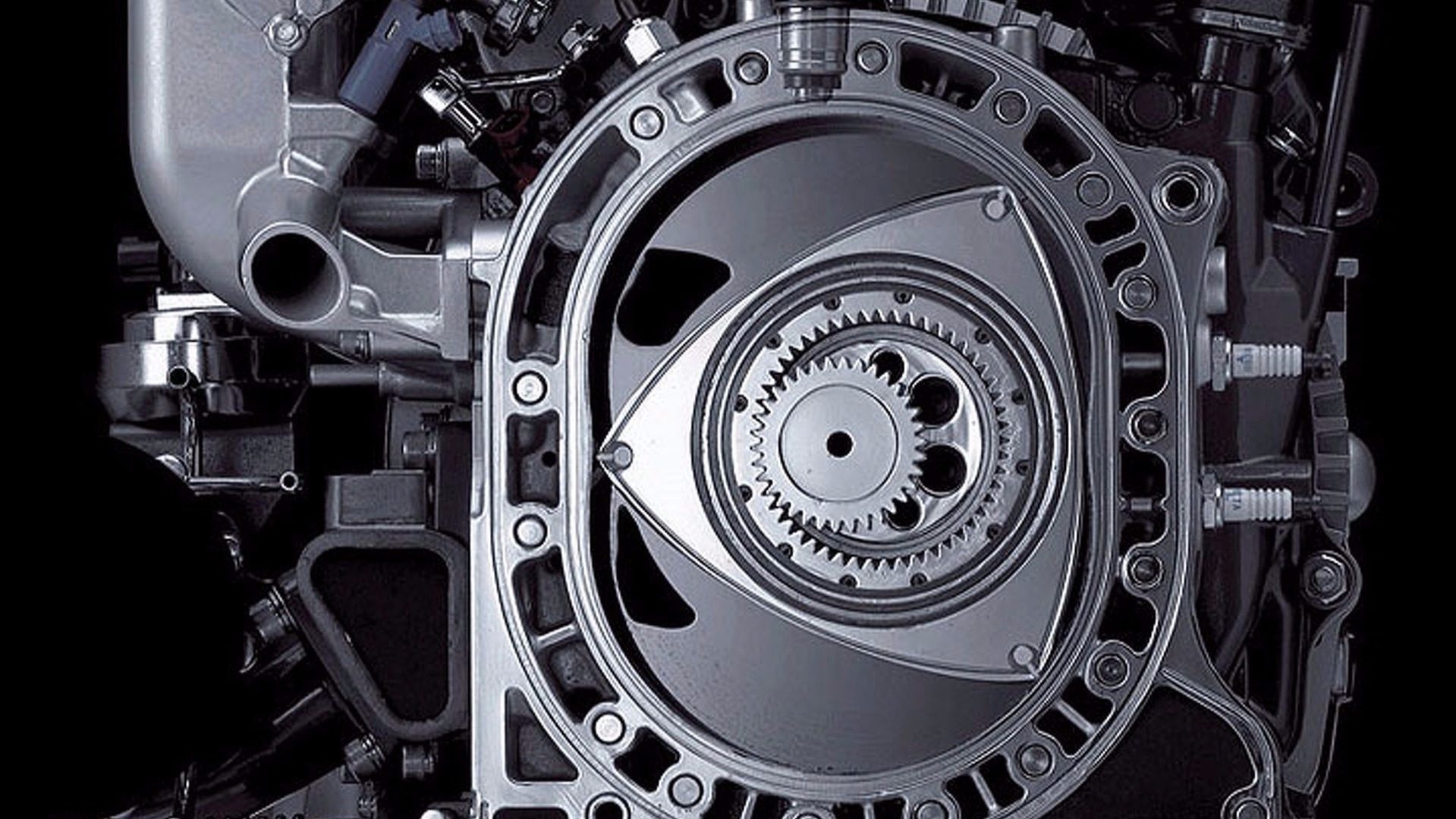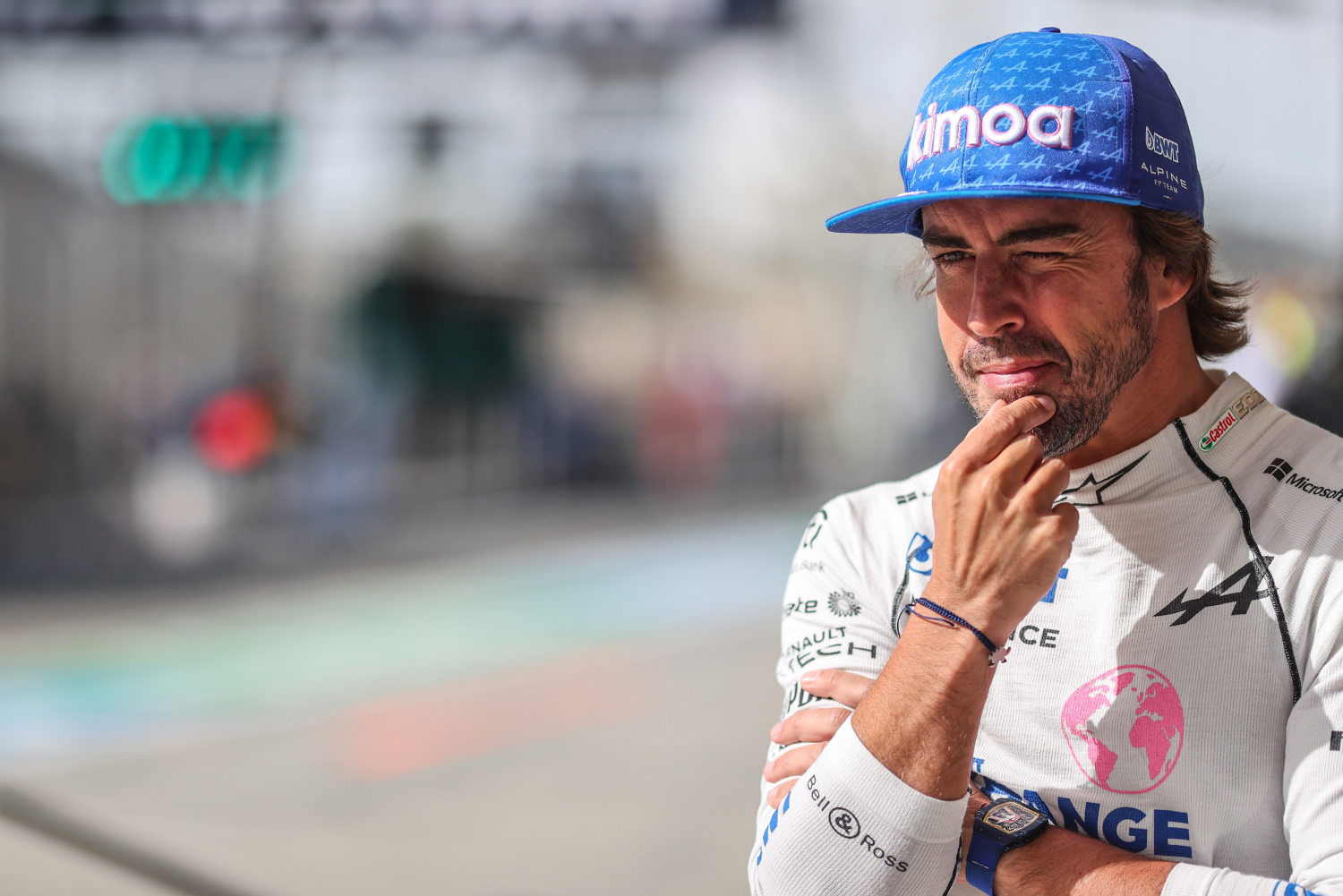Comprehensive Guide to F1 Car Upgrades at the Saudi Arabian Grand Prix: Spotlight on Aerodynamic Enhancements
In the latest F1 update, major teams unveiled significant technical upgrades for the Saudi Arabian Grand Prix, emphasizing aerodynamic and cooling efficiency. Notably, Alpine, Haas, and Sauber have not introduced any upgrades for this race.
Key Takeaways:
- Aerodynamic Enhancements: Teams like Red Bull, Mercedes, and Ferrari have focused on modifying rear wings, beam wings, and other aerodynamic components. These adjustments aim to reduce drag while maintaining crucial downforce for the Jeddah circuit’s fast straights and corners.
- Cooling Innovations: Modifications to engine covers, cooling louvres, and brake ducts are crucial for managing high temperatures in Saudi Arabia. This ensures that power units and brakes remain within optimal temperature ranges, a key to reliable performance.
- Circuit-Specific Adaptations: Each team has uniquely tailored their car upgrades to meet the specific demands of the Jeddah circuit. These modifications balance straight-line speed with agility, essential for navigating the circuit’s fast corners.
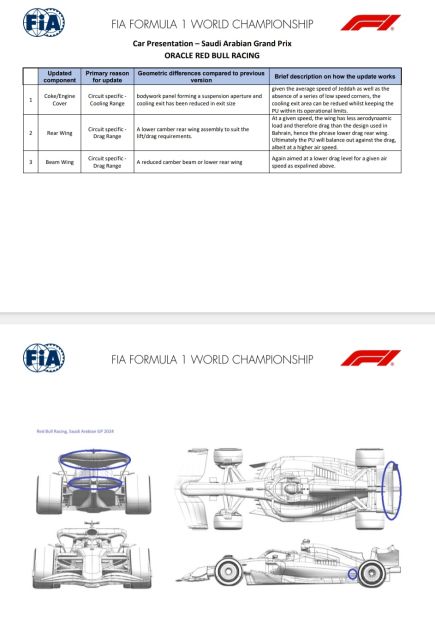
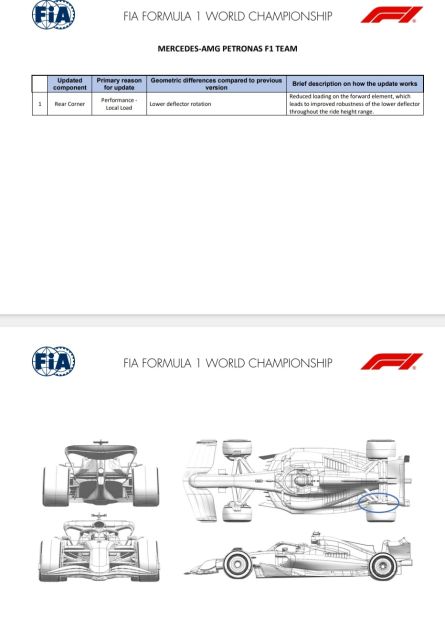
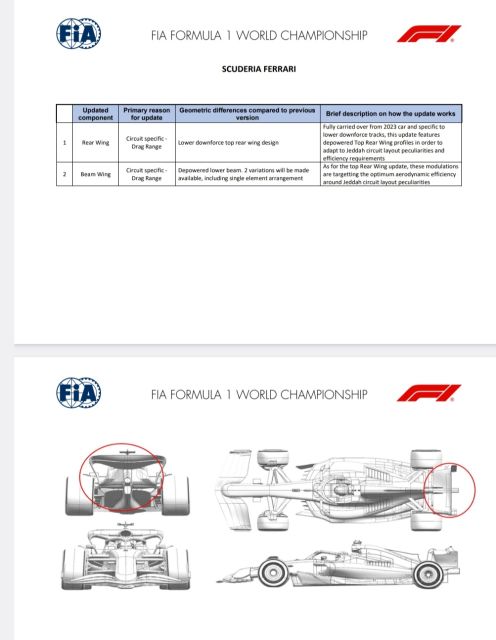
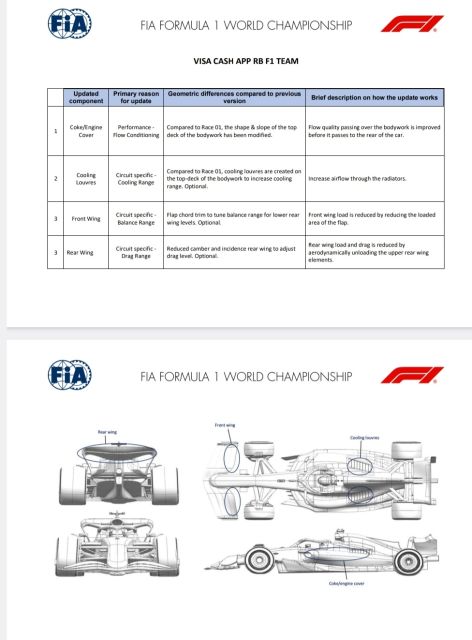
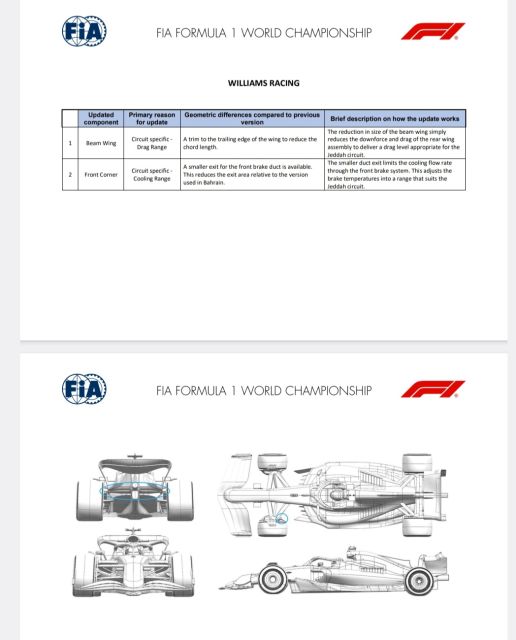
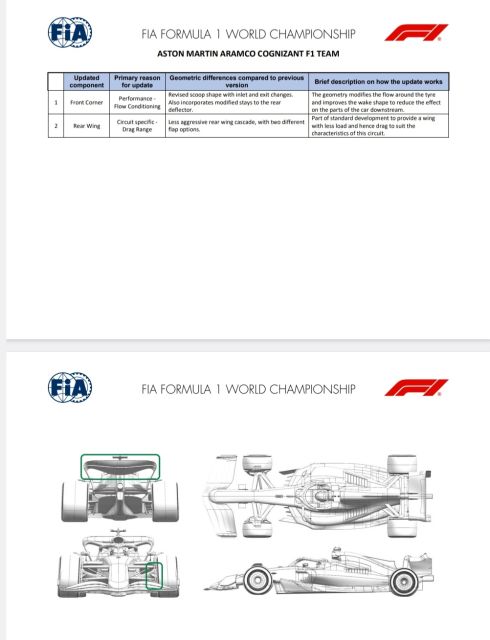
The Saudi Arabian Grand Prix has always been a stage for F1 teams to showcase their technical prowess, and this year is no different. As the teams gear up for the high-speed demands of the Jeddah circuit, a flurry of technical upgrades have been announced, with Red Bull, Mercedes, Ferrari, McLaren, Visa Cash App RB, Williams, and Aston Martin leading the charge.
Red Bull has optimized its car for the unique characteristics of the Jeddah circuit, focusing on refining its engine cover and adjusting both the rear and beam wings to balance the car’s aerodynamic load and drag. These tweaks are specifically designed to enhance performance on the fast-paced Saudi track.
Mercedes, not to be outdone, has introduced changes to the W15, particularly around the rear corner. This adjustment aims at improving stability and handling, critical for the flowing nature of the track. Similarly, Ferrari has updated its SF24, with modifications to the rear and beam wings, ensuring the car is well-suited for the track’s high-speed demands.
McLaren’s focus on reducing drag is evident in their new rear wing assembly and reconfigured beam wing. This harmonious update is aimed at achieving the right balance between downforce and drag, crucial for the Jeddah circuit.
Visa Cash App RB has also rolled out component upgrades focusing on performance flow conditioning and cooling efficiency. The team has re-engineered the coke/engine cover and added cooling louvres for better thermal management. Adjustments to the front and rear wings are intended to fine-tune the car’s balance to the specific conditions of the circuit.
Williams and Aston Martin are not left behind in this race for optimization. Williams has tailored the FW46 with specific changes to the beam wing and front corner, focusing on controlling drag range and cooling efficiency. Aston Martin, with a focus on flow conditioning and drag range, has introduced revisions in the front corner and a redesigned rear wing assembly for the high-speed demands of Jeddah.
In contrast, Alpine, Haas, and Sauber have not brought any upgrades to Jeddah, a surprising move given Alpine’s lackluster performance in the previous weekend. This decision could impact their performance at a circuit where technical enhancements could make a significant difference.
As the teams prepare for the Saudi Arabian Grand Prix, these upgrades highlight the continuous evolution and strategic planning in Formula 1. Each team’s unique approach to optimizing their cars for the specific challenges of the Jeddah circuit demonstrates the intricate balance of technology, strategy, and performance that defines the sport. With these enhancements in place, the stage is set for a thrilling race at one of the fastest circuits in the calendar, where every technical tweak could be the difference between victory and defeat.
